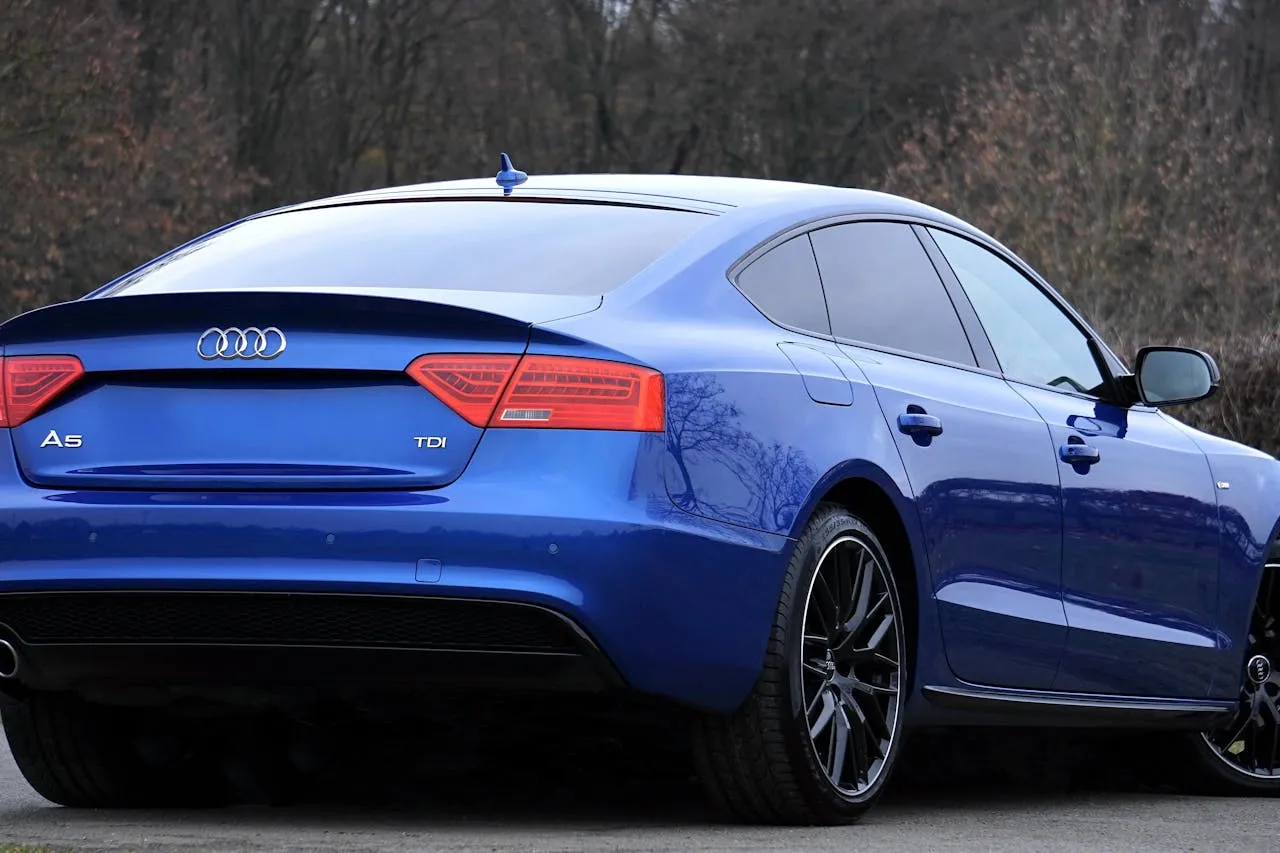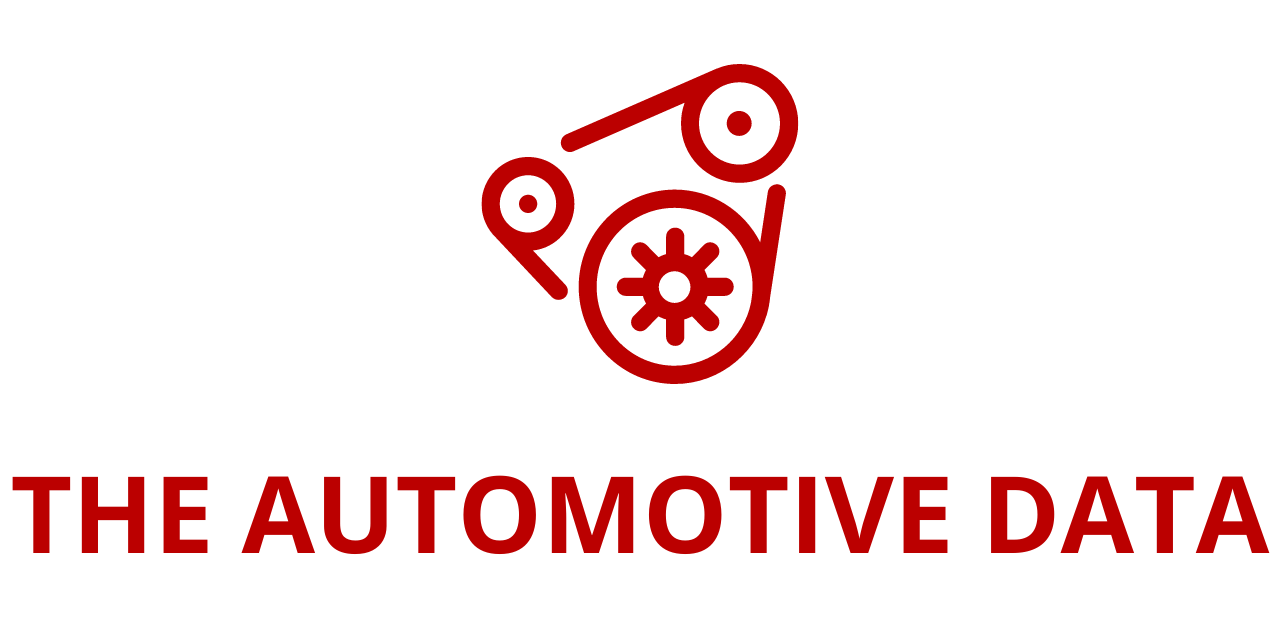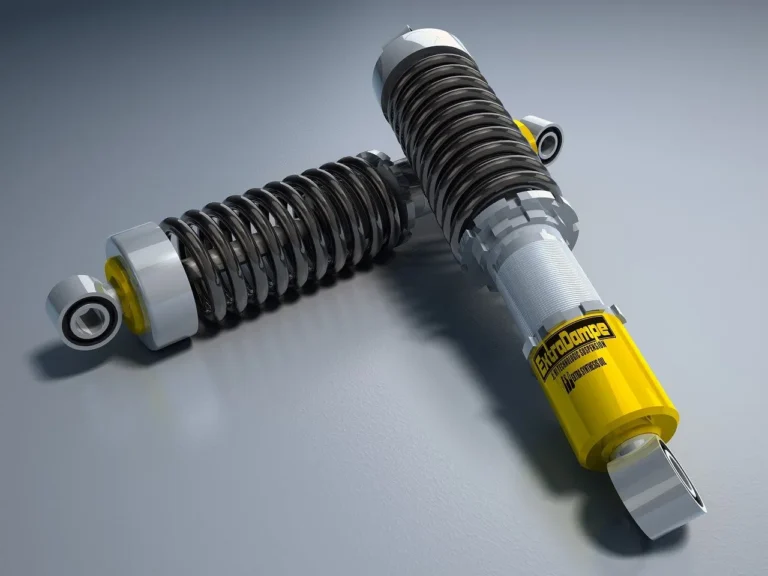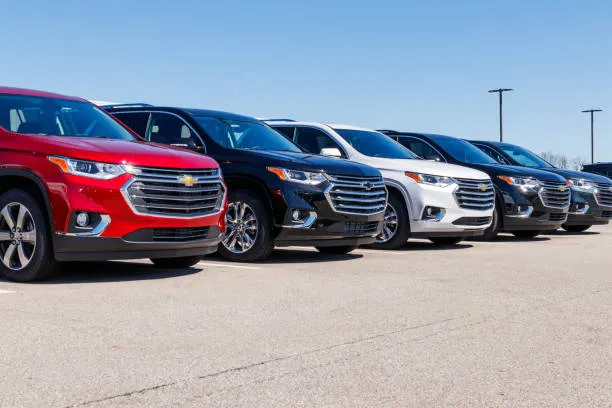
Indra, Audi of America, and Qualcomm Technologies Collaborate to Unveil the Future of Tolling with Cellular Vehicle-to-Everything (C-V2X) Technology
In a transformative step toward the future of mobility and intelligent transportation systems, Indra, Audi of America, and Qualcomm Technologies, Inc. have joined forces to launch a pioneering project that showcases the potential of next-generation toll payment systems powered by cellular vehicle-to-everything (C-V2X) technology. This collaboration marks a significant milestone in connected vehicle innovation, aiming to enhance the way drivers interact with toll infrastructure, reduce traffic congestion, and streamline transactions for transportation agencies across the United States.
Redefining Toll Payments Through Connected Vehicle Technology
The joint initiative focuses on the deployment of a C-V2X-based tolling solution that allows vehicles equipped with two-way connectivity to seamlessly communicate with toll infrastructure. Unlike traditional toll collection systems—which often rely on proprietary transponders, license plate recognition, or third-party mobile apps—this C-V2X solution enables vehicles to receive and process real-time toll information directly within the vehicle cabin. By doing so, it introduces a fully digital, standardized method for toll transactions that could become the foundation for a broader ecosystem of in-car payments.
At the heart of this initiative is the Society of Automotive Engineers (SAE) J3217 standard, a global specification for vehicle-based transaction protocols using C-V2X technology. This standard provides the necessary framework to support interoperable, secure, and low-latency communication between vehicles and infrastructure, a crucial requirement for the future of connected mobility.
The initial rollout of the project is designed to demonstrate how C-V2X-enabled vehicles can eliminate common inefficiencies in today’s toll systems. With in-car display notifications providing toll details—such as upcoming charges, gantry locations, and real-time transaction confirmations—drivers can experience a frictionless and transparent payment process. This not only improves driver convenience but also significantly reduces the need for traditional roadside toll equipment and manual exception handling.
The Connected Car as a Digital Wallet
The broader vision behind the project is to evolve the connected car into a mobile commerce platform—a “wallet on wheels.” As articulated by Raul Ripio, Senior Vice President of Mobility & Technology at Indra, this approach envisions the car becoming a secure hub for all sorts of digital payments, from tolls and road usage fees to parking, drive-throughs, and other consumer services.
“We have known for some time that cars will eventually become motorists’ wallets, used to pay for everything, from tolls and mileage-based road usage, to parking, to drive-through and other consumer services,” said Ripio. “The advent of the J3217 C-V2X standard puts the United States at the forefront of in-car payments innovation, and Indra is excited to help bring us one step closer to that connected future.”
This capability is not just a matter of convenience. By eliminating the need for drivers to rely on outdated or incompatible toll tags—or to download multiple mobile apps for different regions—the C-V2X platform promotes consistency and interoperability across state lines. It also opens the door to dynamic pricing, loyalty programs, or even targeted incentives offered to participating vehicles.
Benefits for Toll Operators and Transportation Agencies
While drivers will benefit from a smoother and more intuitive experience, the C-V2X approach delivers equally significant advantages to toll operators and transportation authorities. Today’s electronic toll collection systems depend heavily on roadside infrastructure—such as overhead gantries, cameras, sensors, and antenna arrays—to detect, identify, and categorize passing vehicles. These systems are not only costly to deploy and maintain, but also introduce operational complexities, including account management, payment validation, and manual exception processing when transactions fail.
C-V2X tolling has the potential to revolutionize this process. By leveraging real-time, vehicle-originated data, toll operators can accurately determine vehicle position down to the lane level, instantly match vehicles with accounts, and process payments without the need for extensive roadside equipment. This results in faster throughput, reduced operational costs, and fewer customer service escalations due to missed or misread tolls.
Additionally, transportation agencies can rely on the standardized, secure communication protocols of SAE J3217 to ensure the integrity of transactions while complying with data privacy and security regulations. This enhanced accuracy and efficiency allow agencies to reinvest savings into road maintenance, infrastructure improvements, or expanded mobility programs.
Demonstration at SunTrax: Bringing C-V2X Tolling to Life
The real-world application of this next-generation tolling concept was demonstrated during the OmniAir Interoperability Testing event held at Florida’s SunTrax Test Facility on May 12, 2025. SunTrax, a cutting-edge proving ground for connected and autonomous vehicle technologies, provided the ideal environment to showcase how C-V2X-enabled vehicles interact with toll infrastructure in a live setting.
During the demonstration, motorists in Audi vehicles equipped with C-V2X connectivity received in-vehicle messages as they approached toll zones. These messages included the toll rate, distance to the gantry, and a confirmation screen for the payment. Drivers were able to verify the transaction with no action required beyond their initial system opt-in, offering a glimpse into what the future of intelligent tolling could look like on American highways.
In parallel, Indra also demonstrated how toll agencies could leverage C-V2X communication to accurately identify and distinguish connected vehicles from those using conventional toll payment methods. This hybrid compatibility ensures a smooth transition period where both legacy and next-generation systems can coexist.
A Strategic Alliance for Scalable Innovation
The strength of this demonstration lies in the collaboration between three industry leaders. Indra, a global technology and consulting company with a strong presence in intelligent transport systems (ITS), brought its expertise in tolling, urban mobility, and systems integration. Audi of America contributed its automotive innovation and user experience insights, ensuring seamless integration of C-V2X into the vehicle cabin. Qualcomm Technologies, a pioneer in wireless communications, provided the hardware and software solutions that enable reliable, low-latency V2X connectivity.
Together, these partners are not only validating the C-V2X tolling concept but also helping to lay the groundwork for scalable deployment across the country. By aligning their efforts with ongoing federal and state-level initiatives supporting connected vehicle infrastructure, the project also supports the United States’ broader goals of advancing safe, efficient, and sustainable transportation systems.
A Platform for Broader Mobility Services
While the initial focus is on tolling, the implications of the J3217-based C-V2X transaction system extend far beyond. In the near future, the same technology could enable seamless entry and exit from parking garages, automated refueling or EV charging payments, pay-per-use insurance models, congestion pricing schemes, and even retail drive-through payments.
As connected vehicle adoption continues to grow and 5G network infrastructure expands, the potential for in-vehicle commerce will scale accordingly. Projects like the one launched by Indra, Audi, and Qualcomm serve as a critical proof of concept, proving that secure, standardized, and user-friendly vehicle-based transactions are not just possible—they are imminent.
The collaboration between Indra, Audi of America, and Qualcomm Technologies is setting a bold precedent for the future of connected mobility. Through the deployment of C-V2X tolling based on the SAE J3217 standard, the project not only enhances convenience for drivers but also creates operational efficiencies for toll agencies and transportation infrastructure managers.
By turning the vehicle into a platform for real-time, secure transactions, this initiative is paving the way for a smarter, more connected future—where road travel is not just about getting from point A to B, but about redefining the entire experience along the way.







